Photos of skin diseases. Identifying and Understanding Common Skin Conditions: A Comprehensive Guide
Learn how to identify rashes, eczema, and other common skin conditions. Discover the causes, symptoms, and effective treatments for various skin problems.
Identifying Common Skin Conditions
Are you dealing with a mysterious rash, persistent eczema, or other skin issues? Skin inflammation, changes in texture or color, and unusual spots can result from a variety of factors, including infection, chronic skin conditions, or contact with an allergen or irritant. Understanding the different types of skin conditions and their characteristics is the first step to finding the right treatment and getting relief.
Shingles: A Painful Viral Outbreak
Shingles, a viral infection, causes a rash of raised dots that turn into painful blisters. The affected skin often burns, itches, tingles, or becomes very sensitive. Shingles typically appears on the trunk and buttocks, but can occur anywhere on the body. The outbreak usually lasts about two weeks, but the associated pain, numbness, and itching can persist for months, years, or even the rest of the patient’s life. Early treatment with creams, antiviral drugs, steroids, and even antidepressants is crucial to prevent complications.

Hives: Itchy, Stinging Welts
Hives are red, raised welts that can itch, sting, or burn. They can vary in size and may join together, appearing on any part of the body. Hives can be triggered by extreme temperatures, infections like strep throat, and allergies to medications, foods, and food additives. Antihistamines and skin creams can provide relief.
Psoriasis: Thick, Scaly Patches
Psoriasis is characterized by thick, red patches of skin covered with white or silvery scales. These patches typically appear on the scalp, elbows, knees, and lower back, and can heal and reappear throughout a person’s life. While the exact cause of psoriasis is unknown, it is believed to be an autoimmune condition where the immune system triggers rapid skin cell growth. Treatment options include topical creams and ointments, light therapy, and oral or injected medications.
Eczema: Inflamed, Itchy Skin
Eczema is a term used to describe several non-contagious skin conditions that cause inflammation, redness, dryness, and intense itching. The exact cause of eczema is unknown, but it is often triggered by stress, irritants, allergens, and environmental factors. In adults, eczema typically appears on the elbows, hands, and in skin folds. Various medications, including topical creams and oral or injected treatments, can help manage eczema flare-ups.

Rosacea: Flushing and Redness
Rosacea is characterized by a tendency to flush easily, followed by persistent redness on the nose, chin, cheeks, and forehead. Over time, the condition can worsen, with visible blood vessels, thickened skin, bumps, and pus-filled pimples. Rosacea can even affect the eyes. Medications taken orally or applied topically, as well as laser treatments for broken blood vessels and thickened skin, can help manage the symptoms.
Cold Sores: Painful Viral Blisters
Cold sores, caused by the herpes simplex virus, are small, painful, fluid-filled blisters that appear on the mouth or nose. These highly contagious sores typically last around 10 days and can be triggered by fever, sun exposure, stress, and hormonal changes. Antiviral pills or creams can help treat cold sores, but it’s important to seek medical attention if the sores contain pus, the redness spreads, or the eyes become irritated.
Poison Ivy, Oak, and Sumac: Itchy Rashes
Contact with the oily coating from poison ivy, oak, or sumac plants can cause a red, swollen, and itchy rash in many people. The rash typically appears within 12 to 72 hours after contact with the plant and can resemble a red line where the plant dragged across the skin. The rash usually lasts up to two weeks. Over-the-counter or prescription medications can help soothe the itch, and it’s important to learn to identify these plants to avoid direct contact.

Razor Bumps: Inflamed Hair Follicles
Pseudofolliculitis barbae, also known as “razor bumps” or “shaving bumps,” occurs when hair follicles become inflamed due to shaving. This irritation can cause pimples and even scarring, and it most commonly affects the face and neck. To minimize the problem, it’s important to take a hot shower or apply a hot towel before shaving, use shaving cream or foam, and shave in the direction of hair growth. Rinsing with cold water and applying moisturizer can also help.
Skin Tags: Harmless Skin Growths
Skin tags are small, flesh-colored or slightly darker flaps of tissue that hang off the skin by a stalk. They are usually found on the neck, chest, back, armpits, under the breasts, or in the groin area, and they are more common in women and elderly individuals. Skin tags are generally harmless and don’t cause pain unless they become irritated by clothing or nearby skin. A doctor can remove them by cutting, freezing, or burning them off.
Acne: Clogged Pores and Breakouts
Acne occurs when pores become clogged with oil and dead skin cells, leading to breakouts. While the exact causes of acne are complex and not fully understood, factors like hormones, bacteria, and genetics can all play a role. Effective treatment options include over-the-counter and prescription topical creams, oral medications, and even hormonal therapies.
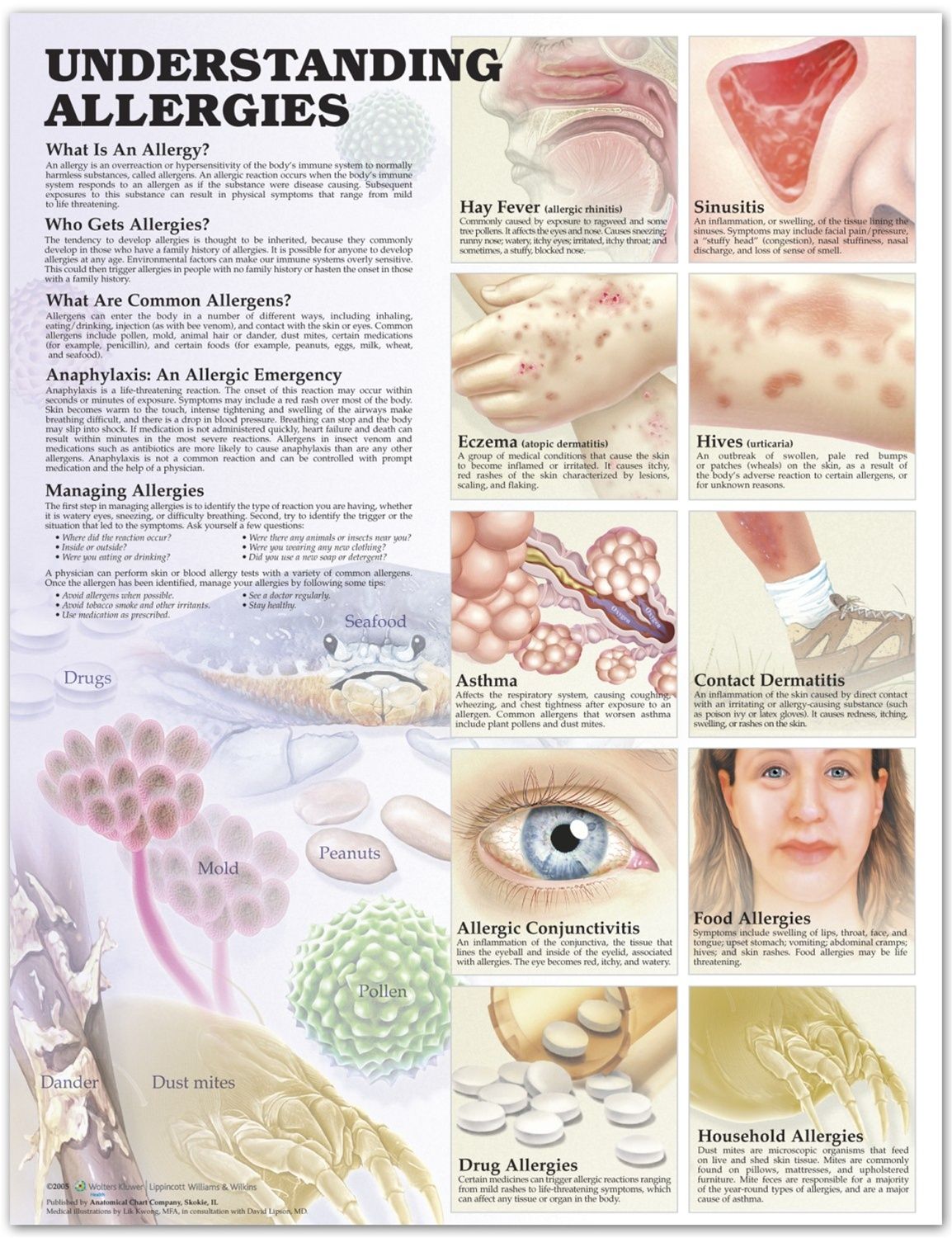
Identify Rashes, Eczema and More
Medically Reviewed by Stephanie S. Gardner, MD on April 26, 2022
Is your skin itchy, broken out, or covered in a rash or strange spots? Skin inflammation, changes in texture or color, and spots may result from infection, a chronic skin condition, or contact with an allergen or irritant. If you think you have one of these common adult skin problems, have your doctor check it out. Most are minor, but others can signal something more serious.
A rash of raised dots that turns into painful blisters, shingles causes your skin to burn, itch, tingle, or become very sensitive. Shingles often shows up on your trunk and buttocks, but can appear anywhere. An outbreak lasts about two weeks. You’ll recover, but pain, numbness, and itching might linger for months, years, or even the rest of your life. Treatment includes creams for your skin, antiviral drugs, steroids, and even antidepressants. It’s important to be treated early to help prevent complications.
Hives look like welts and can itch, sting or burn. They vary in size and sometimes join together. They may appear on any part of you and last anywhere from minutes to days. Causes include extreme temperatures, infections like strep throat, and allergies to medications, foods, and food additives. Antihistamines and skin creams can help.
Thick, red patches of skin covered with white or silvery scales are signs of psoriasis. Doctors know how psoriasis works — your immune system triggers new skin cells to grow too quickly — but they don’t know what causes it. The patches typically show up on your scalp, elbows, knees, and lower back. They can heal and come back throughout your life. Treatments include creams and ointments for your skin, light therapy, and medications taken by mouth, injection, or IV.
Eczema is a blanket term for several non-contagious conditions that cause inflamed, red, dry, and itchy skin. Doctors aren’t sure what makes eczema start in the first place, but they do know that stress, irritants (like soaps), allergens, and climate can trigger flares. In adults, it often appears on the elbows, hands, and in skin folds. Several medications treat eczema. Some are spread over the skin, and others are taken by mouth or as a shot.
In adults, it often appears on the elbows, hands, and in skin folds. Several medications treat eczema. Some are spread over the skin, and others are taken by mouth or as a shot.
A tendency to flush easily, followed by redness on your nose, chin, cheeks, and forehead could be rosacea. It can get redder over time with blood vessels you can see. You may have thickened skin, bumps, and pus-filled pimples. It could even affect your eyes. Medications taken by mouth or spread on the skin are available. Doctors can treat broken blood vessels and red or thickened skin with lasers.
The herpes simplex virus causes small, painful, fluid-filled blisters on your mouth or nose. Cold sores last about 10 days and easily spread from person to person. Triggers include fever, too much sun, stress, and hormonal changes like periods. You can treat cold sores with antiviral pills or creams. Call your doctor if the sores contain pus, the redness spreads, you have a fever, or if your eyes become irritated. These can be treated with prescription pills or creams.
These can be treated with prescription pills or creams.
Contact with the oily coating from poison ivy, oak, or sumac causes a rash in many people. It begins with redness and swelling at the site, and then becomes itchy. Blisters usually show up within 12 to 72 hours after you touch the plant. A typical rash looks like a red line, the result of the plant dragging across your skin. An outbreak usually lasts up to 2 weeks. Treatment can include medicine spread on the skin or taken by mouth.
Prescription or over-the-counter medication can help soothe the itch. Try cool compresses and oatmeal baths, too. Your doctor may prescribe medication for a severe rash and antibiotics for an infection. Learn to spot these plants so you can avoid direct contact. In general, poison oak grows west of the Rockies; poison ivy to the east.
Pseudofolliculitis barbae occurs when hair follicles become inflamed because of shaving. It most often occurs on the face and neck but can happen anywhere that you shave or pluck. Also known as “razor bumps” or “shaving bumps,” the irritation can cause pimples, and even scars. You can minimize the problem with by taking a hot shower or applying a hot towel before you shave. Use shaving cream or foam and pull the blade in the direction your hair grows. Rinse with cold water and apply moisturizer.
Also known as “razor bumps” or “shaving bumps,” the irritation can cause pimples, and even scars. You can minimize the problem with by taking a hot shower or applying a hot towel before you shave. Use shaving cream or foam and pull the blade in the direction your hair grows. Rinse with cold water and apply moisturizer.
This small flap of flesh-colored or slightly darker tissue hangs off your skin by a stalk. They’re usually found on the neck, chest, back, armpits, under the breasts, or in the groin area. Skin tags appear most often on women and elderly people. They aren’t dangerous and usually don’t cause pain unless they become irritated when clothing or nearby skin rubs against them. A doctor can cut, freeze, or burn them off.
Acne breaks out when a pore clogged with oil and dead skin cells gets inflamed. Pores that stay open and turn dark are called blackheads; completely blocked pores are known as whiteheads. Bacteria and hormones trigger acne, which most often shows up on your face, chest, and back.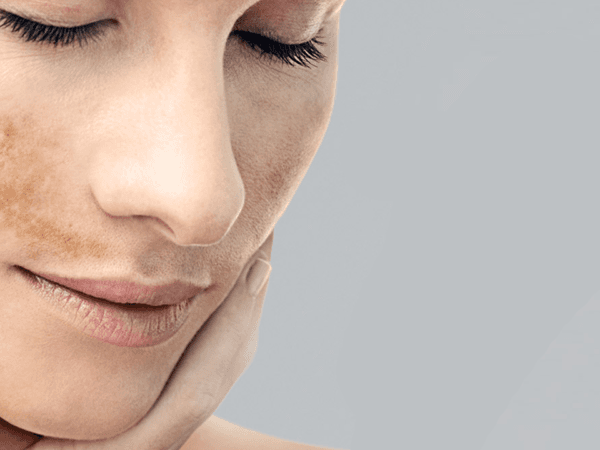 You can also get pus-filled pimples and cysts. To help control acne, keep oily areas clean and don’t squeeze (this may cause infection and scars).
You can also get pus-filled pimples and cysts. To help control acne, keep oily areas clean and don’t squeeze (this may cause infection and scars).
This fungal skin infection causes your feet to peel, turn red, itch, and burn. You may also get blisters and sores. Athlete’s foot is contagious and passed through direct contact. To prevent it, don’t share shoes with an infected person or walk barefoot in areas like locker rooms or near pools. Treat it with topical antifungal lotions. A doctor can prescribe medications for more severe cases. During treatment, you’ll need to keep your feet and the insides of your shoes clean and dry.
Moles, which are usually brown or black, can be anywhere on the body. They might show up alone or in groups and generally appear before age 20. Some moles change slowly over the years. They can go from flat to raised, grow hair, or change color. Get your moles checked once a year by a dermatologist. See your doctor right away for any that change, have irregular borders, are an unusual or uneven color, bleed, or itch.
These pesky brown or gray spots aren’t really caused by aging, though they do become more common as you get older. You get them from exposure to sunlight, which is why they tend to appear on your face, hands, and arms. You can try bleach creams, acid peels, and light-based treatments to fade them. See a dermatologist to rule out serious problems like melanoma, a type of skin cancer.
A harmless rash, pityriasis rosea usually begins as a single scaly, pink patch with a raised border. Days to weeks later, it starts to itch and spread. The rash may be in the shape of a Christmas tree spread across your body. Doctors don’t know for sure what causes it, but they don’t think it’s contagious. It often goes away in 6 to 8 weeks without treatment. Pityriasis rosea most often shows up between the ages of 10 and 35.
Melasma (chloasma) is tan or brown patches on your cheeks, nose, forehead, and chin. It’s often called the “pregnancy mask” because it happens in half of all pregnant women. Men can get it, too. If it doesn’t go away on its own after the baby comes, you can treat it with prescription creams, over-the-counter products, or with laser treatments. Sunlight makes it worse, so always use a broad-spectrum SPF 30 sunscreen.
Men can get it, too. If it doesn’t go away on its own after the baby comes, you can treat it with prescription creams, over-the-counter products, or with laser treatments. Sunlight makes it worse, so always use a broad-spectrum SPF 30 sunscreen.
In most cases, common warts appear on the fingers or hands. They’re caused by the human papillomavirus. Warts spread when you touch something used by a person with the virus. To prevent more warts, cover them with bandages, keep them dry, and don’t pick them. They’re usually harmless and painless. You can treat them with topical medications, or a doctor can freeze or burn them off. More advanced removal techniques include surgery, lasers, and chemicals.
Seborrheic keratoses are noncancerous growths that often show up as you age. They can appear on many areas of the skin either alone or in groups. They may be dark or multicolored, and they usually have a grainy surface, though they can be smooth and waxy. You don’t need to treat them unless they get irritated or you don’t like the way they look. They’re easy to mistake for moles or skin cancer, but a dermatologist can tell the difference.
They’re easy to mistake for moles or skin cancer, but a dermatologist can tell the difference.
IMAGES PROVIDED BY:
1) Alix Minde/Getty Images
2) Interactive Medical Media LLC
3) Interactive Medical Media LLC
4) Interactive Medical Media LLC
5) Interactive Medical Media LLC
6) Interactive Medical Media LLC
7) Courtesy of the CDC
8) Bill Beatty/Visuals Unlimited
9) Roy Morsch/Age Fotostock, John Sohlden/Visuals Unlimited, Ed Reschke/Peter Arnold Images
10) ©DermNet NZ / www.dermnetnz.org 2022
11) Interactive Medical Media LLC
12) Interactive Medical Media LLC
13) Phanie / Photo Researchers, Inc
14) Interactive Medical Media LLC
15) Louis Fox / Getty Images
16) Interactive Medical Media LLC
17) Interactive Medical Media LLC
18) Interactive Medical Media LLC
19) Interactive Medical Media LLC
SOURCES:
American Academy of Dermatology: “Hives,” “Atopic Dermatitis/Eczema,” “Lip and Mouth Care,” “Poison Ivy: Signs and Symptoms,” “Men’s Skin Care,” “Pityriasis Rosea,” “Melasma,” “Warts. “
“
American Academy of Allergy, Asthma & Immunology: “All About Hives (Urticaria).”
Centers for Disease Control and Prevention: “Athlete’s Foot (Tinea Pedis).”
National Institute of Arthritis and Musculoskeletal and Skin Diseases: “Psoriasis.”
National Institute of Neurological Disorders and Stroke: “Shingles Information Page.”
The National Rosacea Society, “All About Rosacea.”
The Cleveland Clinic: “Diseases & Conditions: Moles, Freckles, Skin Tags, Benign Lentigines, and Seborrheic Keratoses.”
National Library of Medicine
JAMA Dermatology
American Osteopathic College of Dermatology
DermNet NZ
© 2022 WebMD, LLC. All rights reserved. View privacy policy and trust info
Pictures of 15 Uncommon Skin Conditions
Medically Reviewed by Stephanie S. Gardner, MD on April 26, 2022
It’s like having lifelong sunburn, where you can pull up a sheet of the top layer of skin. It doesn’t hurt, but your skin often itches and can get red, dry, thick, and blistered. Because it’s genetic, this usually starts happening when you’re quite young. Petroleum jelly, to soften skin, and medicines you put on warts and calluses might make it feel and look better, but other typical skin treatments don’t help and could even be harmful.
Because it’s genetic, this usually starts happening when you’re quite young. Petroleum jelly, to soften skin, and medicines you put on warts and calluses might make it feel and look better, but other typical skin treatments don’t help and could even be harmful.
Apocrine chromhidrosis is a rare chronic condition involving the apocrine sweat glands, causing sweat to have color. Colors range from brown, to yellow, blue or green, and even black. The condition is benign but can affect the skin of the trunk, face, and scalp.
Small, raised, red spots — usually on your shins — slowly grow into larger, flatter patches. These have a red border and a shiny, yellowish center, and they probably won’t go away. The skin is thin and may split easily to form slow-healing sores called ulcers that might lead to skin cancer. People who get this condition likely have diabetes or will have it soon. Your doctor may wait on treatment if you don’t have ulcers yet.
Babies with the disease may be born with red, blistered, raw-looking skin that’s thick in places, injures easily, and gets inflamed. Thick, hard scales form in rows on the skin — especially around creases of joints. A genetic test can tell for sure if you have the disease, which gets its name from the Greek word for “fish.” Treatment isn’t easy. Removing the scales often leaves skin fragile and prone to infection.
Thick, hard scales form in rows on the skin — especially around creases of joints. A genetic test can tell for sure if you have the disease, which gets its name from the Greek word for “fish.” Treatment isn’t easy. Removing the scales often leaves skin fragile and prone to infection.
It feels like something is crawling on, stinging, or biting you. Some people report tiny fibers on their skin and problems with memory, mood, and concentration. Though certain studies suggest a possible link to infection, many scientists believe it’s a mental health issue. You might have the mistaken belief that you’re “infested.” Your doctor will try to rule out other causes and may suggest therapy.
People with this have changes (mutations) in their genes that make it hard for their body to process a light-sensitive chemical called protoporphyrin. It builds up in the top layers of skin and reacts to light from the sun as well as other sources. Your skin might tingle, itch, or burn If you don’t cover up, it may blister and hurt intensely.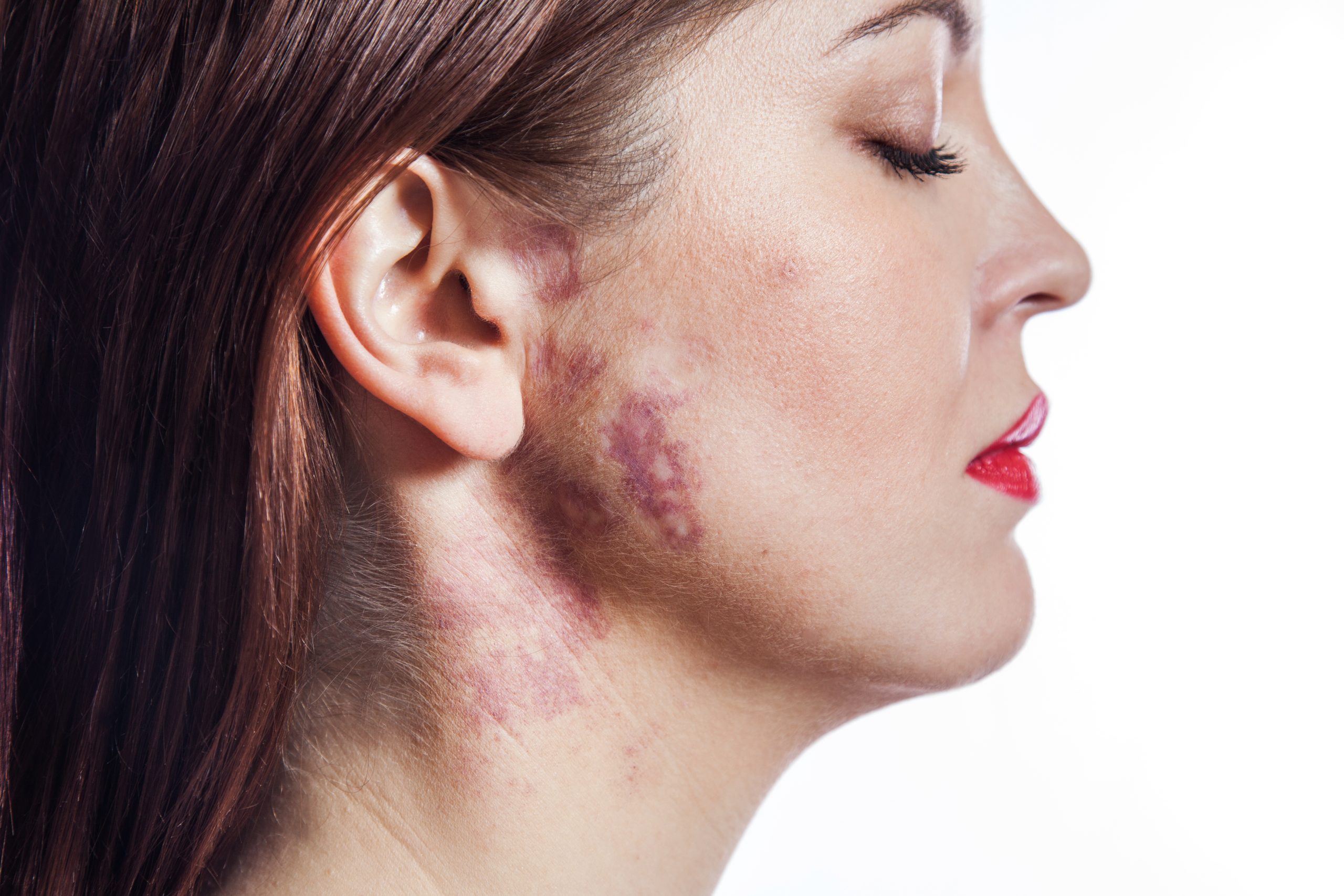 Drugs, a type of vitamin A, and iron might help.
Drugs, a type of vitamin A, and iron might help.
A slowdown of your skin’s natural shedding causes a buildup of a protein called keratin that leads to dry skin, a flaky scalp, small fish-like scales (especially on your elbows and lower legs), and deep, painful cracks. Your skin may get darker, too. Ichthyosis vulgaris may be passed down from a parent or be related to an illness like cancer, thyroid disease, or HIV or AIDS. Living in a warm, humid place tends to make it better.
It can be alarming when these uneven, wart-like, waxy bumps suddenly show up on your skin, but they’re not an infection, and they’re not contagious. They’re fatty deposits of cholesterol caused by very high levels of triglycerides, a type of fat in your blood. The bumps will usually clear up a few weeks after you start taking medicine and change your diet.
People who aren’t naturally immune (most of us are) might get it from someone else — or from handling an armadillo. Symptoms can take years to show up. Look for a rash or reddish spots, with swollen skin, and numbness in that spot or in a finger or toe. Your eyes could get very sensitive to light. Antibiotics usually cure it, and you should recover fully if you don’t wait too long to treat it.
Look for a rash or reddish spots, with swollen skin, and numbness in that spot or in a finger or toe. Your eyes could get very sensitive to light. Antibiotics usually cure it, and you should recover fully if you don’t wait too long to treat it.
It usually starts before age 4 with a scaly rash on your trunk, arms, or legs, sometimes with hard bumps you can feel under your skin. This genetic disease makes your immune system overreact with too much inflammation. Many people with it also have arthritis and eye problems, and some get kidney disease. If neither of your parents have it, you may have a version called early-onset sarcoidosis.
The bluish-gray skin color comes from tiny bits of silver that build up in your tissues. Colloidal silver, which some people take as a dietary supplement, can cause it, and it’s usually permanent. Sunshine might make things worse. There’s no evidence colloidal silver has any health benefits, and it may also slow absorption of medicines like thyroxine and antibiotics.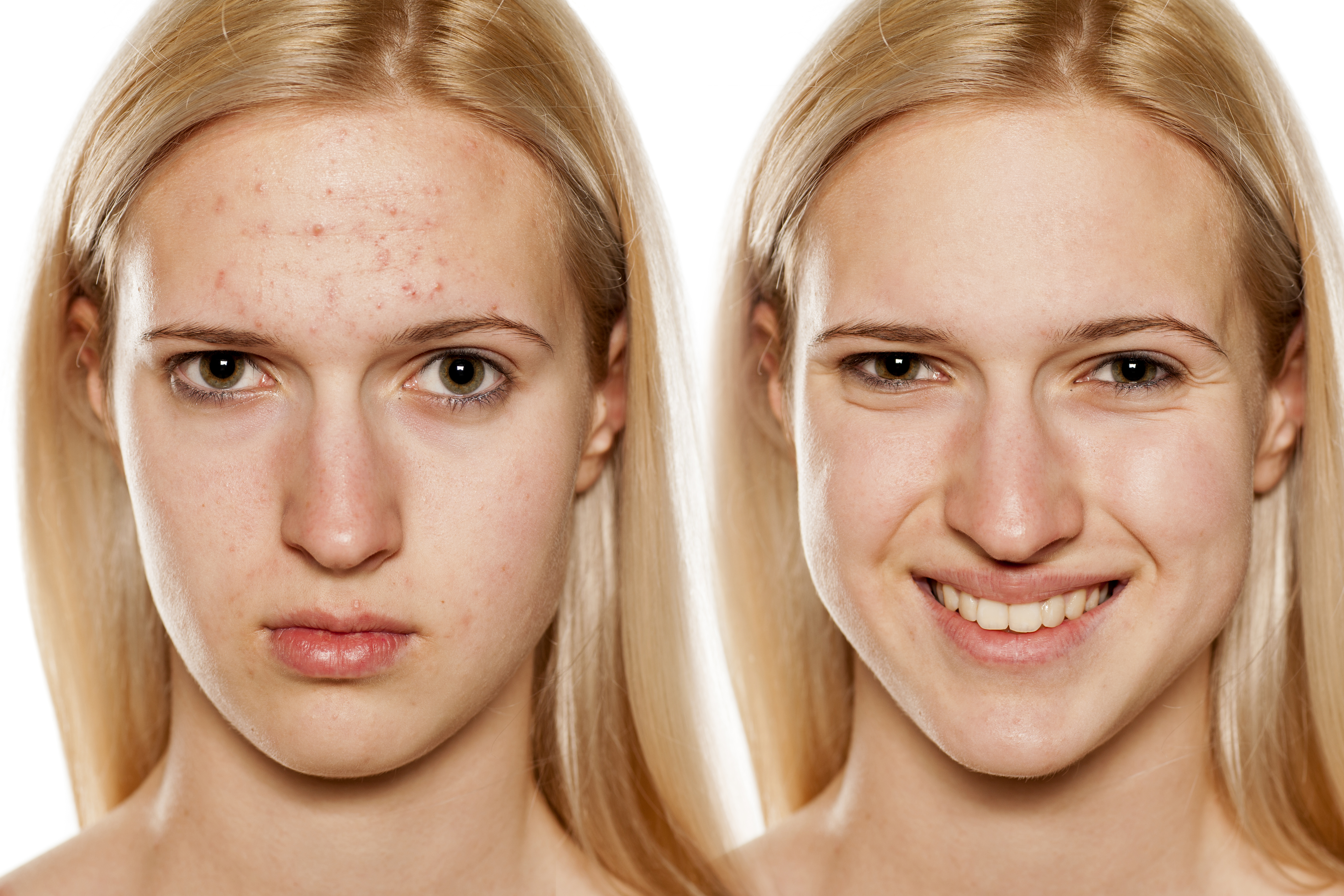
Xeroderma pigmentosum is a rare inherited condition in which your body isn’t able to repair itself from damage done by ultraviolet rays, including those from light bulbs. Any exposed skin including the eyes and tissues around the eyes are susceptible. Most people who have XP show symptoms before the age of ten, but early warning signs are freckles and dark spots before the age of two. This condition means you are at high risk for developing skin cancer including basal cell carcinoma, squamous cell carcinoma and melanoma. They also are at risk for cancer of the eye and surrounding tissues.
You may try to scrub off these dark, thick, velvety patches of skin, especially if they itch and smell bad. But it won’t work. Elbows, knees, knuckles, and armpits are typical places to get them. The condition won’t hurt you, but it can be a sign of other problems like obesity, diabetes, hormone problems, a drug reaction, or even cancer. Talk to your doctor.
In some spots, your body may make too much elastin, a protein that gives skin strength and flexibility. Your skin won’t spring back when stretched, and it sags and folds. It’s not clear why this happens. You usually see it in the neck, arms, or legs — especially around elbows and knees. Your doctor may cut away the loose skin, but the condition often returns.
Your skin won’t spring back when stretched, and it sags and folds. It’s not clear why this happens. You usually see it in the neck, arms, or legs — especially around elbows and knees. Your doctor may cut away the loose skin, but the condition often returns.
This group of conditions is related by an abnormal protein called amyloid that builds up in your skin. Lichen amyloidosis is typically on your shins, thighs, feet, and forearms. It’s itchy and looks like reddish-brown raised spots. Macular amyloidosis usually shows up between your shoulder blades or on your chest, with flat, dusty-colored patches. Nodular amyloidosis may appear on your body and face as firm, reddish bumps that don’t itch.
IMAGES PROVIDED BY:
1) eksfoliaciya
2) ©DermNet NZ / www.dermnetnz.org 2022
3) Watney Collection / Medical Images
4) Dr. Kenneth E. Greer / Ichthyosis.com
5) beforeitsnews.com
6) M Lecha, H Puy, JC Deybach / Wikipedia
7) Medicimage RM / Medical Images
8) ©DermNet NZ / www.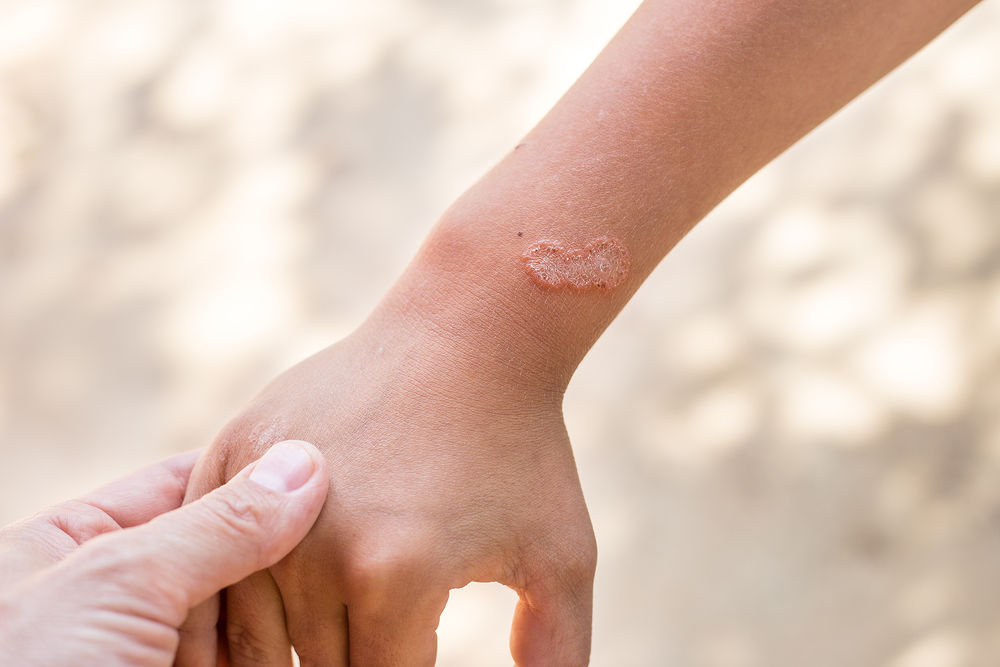 dermnetnz.org 2022
dermnetnz.org 2022
9) Biophoto Associates / Science Source
10) Donald A Glass II MD, PhD, Jennifer Maender MD, Denise Metry MD / Wikipedia
11) ISM / CID / Medical Images
12) ©DermNet NZ / www.dermnetnz.org 2022
13) ISM / Medical Images
14) JAMA Network
15) ISM / CID / Medical Images
National Organization for Rare Disorders: “Peeling Skin Syndrome,” “Erythropoietic Protoporphyria and X-Linked Protoporphyria.”
NIH Genetic and Rare Diseases Information Center: “Peeling skin syndrome,” “Elastoderma,” “Primary cutaneous amyloidosis.”
International Hyperhidrosis Society: “Chromhidrosis.”
“Necrobiosis Lipoidica,” British Association of Dermatologists, June 2019.
Foundation for Ichthyosis & Related Skin Types: “Epidermolytic Ichthyosis: A Patient’s Perspective,” “What is Ichthyosis?”
Mayo Clinic: “Morgellons disease: Managing an unexplained skin condition,” “Ichthyosis vulgaris.”
American Academy of Dermatology: “Heart disease: 12 warning signs that appear on your skin,” “Leprosy still occurs in the United States: Are you at risk?” “Rare disease causes an extreme sensitivity to sunlight,” “Acanthosis nigricans. “
“
Medscape: “Xanthomas Treatment & Management.”
Genetics Home Reference: “Blau syndrome.”
National Center for Complementary and Integrative Health: “Colloidal Silver.”
National Library of Medicine – Photo Caption
Journal of the American Medical Association – Photo Caption
UpToDate – Photo Caption
Medline Plus / National Library of Medicine – Photo Caption
National Organization for Rare Disorders – Photo Caption
© 2020 WebMD, LLC. All rights reserved. View privacy policy and trust info
Articles about skin diseases from experts
Articles about skin diseases from experts | CheckDerm.ru
Chicken pox
Rubella
Allergic skin diseases
Rash in a child. What to do?
What to do?
Coin-shaped eczema
Why itching is dangerous
Urticaria
Skin itching. Reasons
Skin disease urticaria: photos, symptoms, treatment
Measles in children
How to treat eczema on the hands?
Atopic dermatitis in adults: causes and treatment
Treatment of psoriasis
Measles
Atopic dermatitis
Insect bites
Psoriasis
Sun and your skin
What your skin is made of
New methods for diagnosing skin diseases
get tested
By submitting information via an electronic form, I agree to the Privacy Policy and give Consent to the processing of personal data
You will receive a password via SMS
By submitting information via an electronic form, I agree to the Privacy Policy and give Consent to the processing of personal data
You will receive a password via SMS
By submitting information via an electronic form, I agree to the Privacy Policy and give Consent to the processing of personal data
You will receive a password via SMS
- 1.
 Register
Register - 2. Get tested
- 3. The result will be saved in your account
You have a very high temperature! It is urgent to contact a specialist!
Dear User!
By clicking the “Go” button, you leave the CheckDerm website and accept
Terms of Use
Select an area of the photo to upload
You can move and scale the image
Photos before and after treatment of dermatological diseases
All
Before and after
Stories
Video
Video review
Review of psoriasis treatment
Video review
Review of psoriasis treatment
Before and after
Psoriasis: before, 1 month and 3 months after treatment
4 photos
Review
Elena
Two weeks later, I began to notice improvements – the skin began to clear, the emotional state improved. When I saw the first results, I realized that everything was not in vain and I had to move on.
When I saw the first results, I realized that everything was not in vain and I had to move on.
Review
Julia
When I applied to Altermed, the disease was in a rather serious stage. The central part of the face looked edematous, red and covered with multiple rashes. In just a month of treatment – the result is obvious! Now I am undergoing phototherapy procedures to eliminate another symptom – redness of the face caused by dilated vessels.
Before and after
Rosacea: before and 1 month after the start of treatment
3 photos
Process: treatment of rosacea
Patient examination. When examining a patient on the skin of the cheeks, chin, multiple dilated vessels are observed, indicating the initial stage of Rosacea.
Preparation for the photorejuvenation procedure.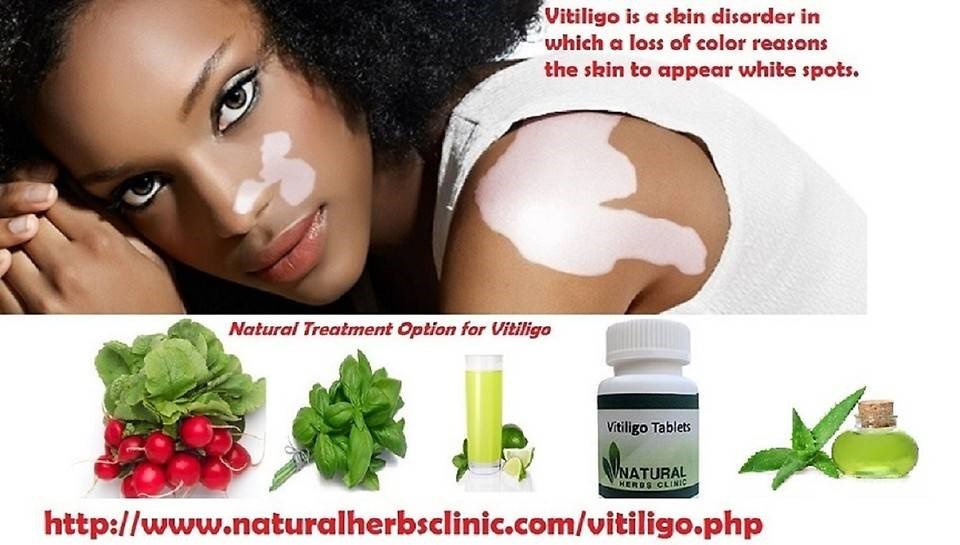 Before starting the procedure, the patient puts on goggles, cleanses the face and applies a cooling gel that protects the skin from overheating.
Before starting the procedure, the patient puts on goggles, cleanses the face and applies a cooling gel that protects the skin from overheating.
Photorejuvenation is carried out on the device Harmony XL. The device is additionally equipped with a cooling system, thanks to which the temperature of the tip is cooled down to -10°C, and protects the upper layers of the skin from burns.
Photorejuvenation procedure is practically painless. On average, the duration of the session is 20 minutes, mainly, it depends on the area of the treated surface.
Review
Lara
It’s scary for me to do this, but I thought it was necessary: it would help someone to put together a real idea about the treatment of rosacea with a laser.
Now – after four procedures (and I need eight with my neglected stage), I have already cheered up with visual improvements.
Before and after
Couperosis: before and after 4 treatments
3 photos
Our patient Alexander came to the Altermed clinic with complaints of psoriasis. He agreed to record the entire treatment process, and today we will hear about his first-hand experience.
– When and how did the first results make themselves known?
A week later, the plaques began to smooth out, the “crusts” disappeared. A week later, the plaques began to blur, merging a little with the skin color along the edges.
– How long did the full course of treatment take?
A little over 3 months.
– Were there any side effects during the treatment? Was it difficult for the body to refuse Belosalik?
I felt a little dizzy during the droppers, but both the attending physician and the nurses warned about this. At first, he did not trust the non-hormonal ointments prepared by the doctor: he was afraid that they would not help.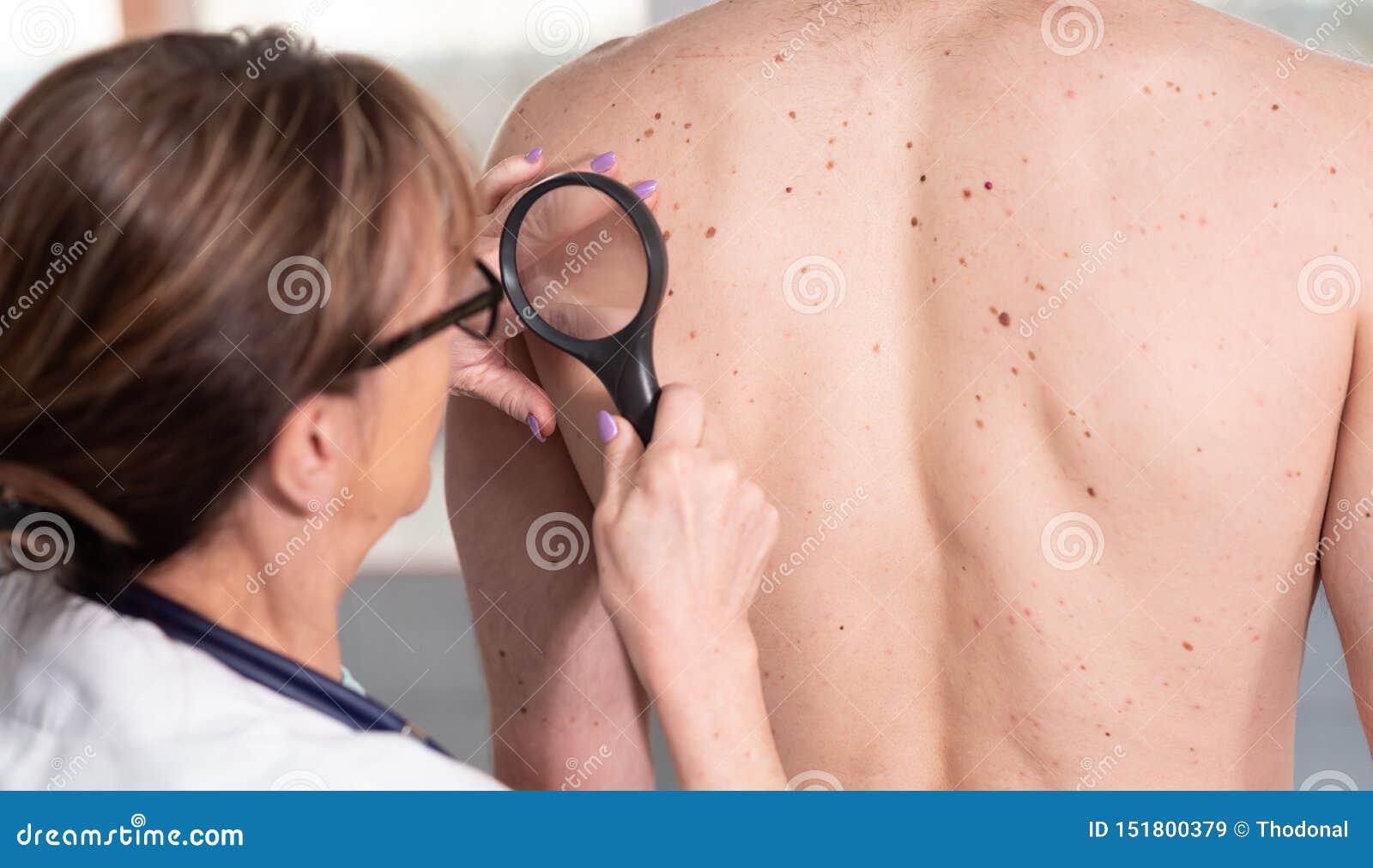 I even wanted to return to Belosalik, but overcame myself. The doctor helped in this: he constantly reassured, encouraged, said that the effect was worth the wait.
I even wanted to return to Belosalik, but overcame myself. The doctor helped in this: he constantly reassured, encouraged, said that the effect was worth the wait.
– Which recommendations were the hardest to follow?
Of course, dieting, complete rejection of any alcohol. We are Russian people, in our diet there are always potatoes, citrus fruits, etc.
The situation was aggravated by the fact that coffee was on the forbidden list. And I work for a coffee company! But now everything is fine: I moved into the camp of green tea lovers.
– How long has it been since the treatment, and how do you feel now?
It’s been a month and I feel great! The current state, compared to the original, is heaven and earth. Of course, I still have plaques on duty and traces of former lesions, but with our illness this is inevitable.
I plan to maintain a normal skin condition: use the creams prescribed for me and manage my emotions in order to avoid stress.
– Do you feel the difference between self-treatment and treatment in Altermed?
For self-treatment, a lot of experience is needed: it is better to consult a dermatologist for any signs. I didn’t do it at the time and now I regret it.
If you compare Altermed with other clinics, I definitely recommend the first option. I have something to compare with: I came here for the second time in 6 years, because after treatment in other institutions I realized where they give real results. What can I say, in one of the clinics I was prescribed “Belosalik” for long-term use…
Nowhere else will a doctor be with you to make a week’s supply of creams and ointments. Virtually nowhere is there such effective and life-saving equipment as Dermolight. Well, about the service, I generally keep quiet.
– Do you have anything to say to other people who have psoriasis?
With psoriasis, it is quite possible to live a normal life. Do not self-medicate and watch your health!
With psoriasis, it is quite possible to live a normal life.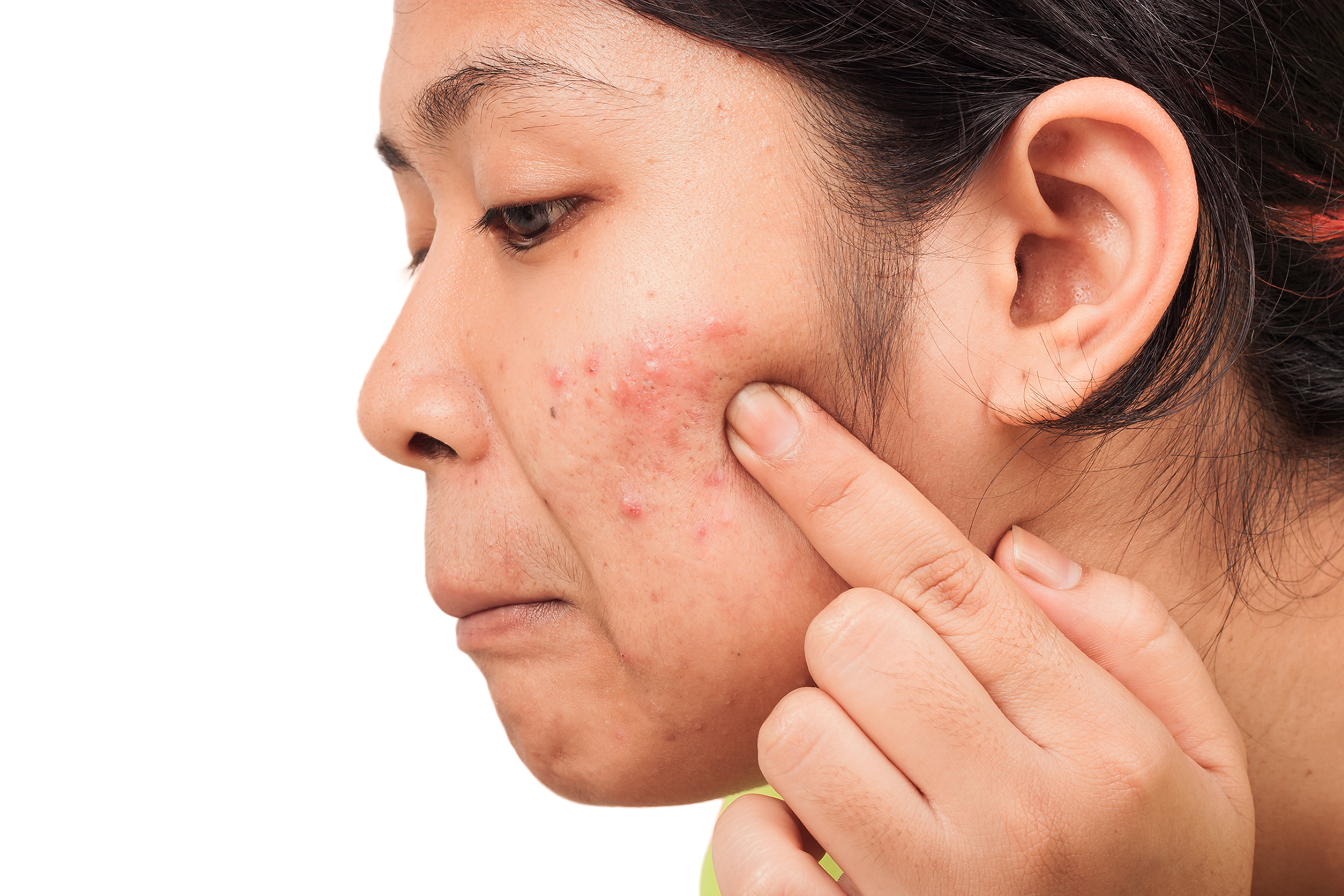 Do not self-medicate and watch your health!
Do not self-medicate and watch your health!
Review
Victoria
I want to emphasize that the doctor made me feel at ease, she was not afraid to ask questions, to which a competent, professional answer was given. I advise everyone not to be afraid and make the right choice of clinic and doctor.
Before and after
Treatment of psoriasis
7 photos
Making an appointment
FULL NAME *
Your phone number *
Your E-mail *
Desired date of admission *
Branch
Choose branch:
Etc. Enlightenment
Starry
Leninsky pr.
Kupchino
Etc. Bolsheviks
Doctor’s specialization
Gynecology
Urology
Proctology
Cosmetology
Dermatology
Phlebology
Analyzes
Uzi
Cardiology
A comment
By sending an email, I agree to the processing of my personal data in accordance with the requirements of the Federal Law of July 27
2006 No. 152-FZ “On Personal Data”
Close
St. Petersburg, Engels Ave., 139/21 (entrance from Prospekt Prosveshcheniya)
m Prosveshcheniya
See on the map
St. Petersburg, Lensoveta street, 88 (entrance from Zvezdnaya street)
m Zvyozdnaya
See on the map
St. Petersburg, Leninsky Prospekt 123A, letter B. undicha 17, building 1, letter A
m Kupchino
See on the map
St.

 Register
Register